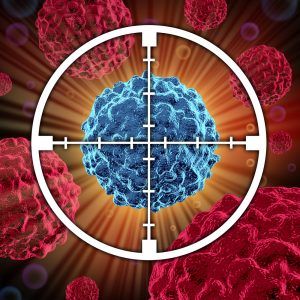Request Demo
Last update 08 May 2025
MIR129
Last update 08 May 2025
Basic Info
Synonyms miR-129 family |
Introduction- |
Related
1
Drugs associated with MIR129US20240150765
Patent MiningMechanism- |
Active Org. |
Originator Org. |
Active Indication |
Inactive Indication- |
Drug Highest PhaseDiscovery |
First Approval Ctry. / Loc.- |
First Approval Date20 Jan 1800 |
100 Clinical Results associated with MIR129
Login to view more data
100 Translational Medicine associated with MIR129
Login to view more data
0 Patents (Medical) associated with MIR129
Login to view more data
319
Literatures (Medical) associated with MIR12901 Jun 2025·Life Sciences
Intermittent hypoxia-reoxygenation-induced miRNAs inhibit expression of IRF and interferon genes but activate NF-κB and expression of pulmonary fibrosis markers in human small airway epithelial cells
Article
Author: Jheng, Cheng-Yu ; Lee, Yu-Chun ; Chen, Yi-Hui ; Chen, Shiuan-Ting ; Lee, Shih-Yu ; Huang, Wei-Chen
01 Mar 2025·International Journal of Biological Macromolecules
Decorin-mediated dermal papilla cell-derived exosomes regulate hair follicle growth and development through miR-129-2-3p/SMAD3/TGF-β axis
Article
Author: Chen, Yang ; Zhao, Bohao ; Wu, Xinsheng ; Bao, Zhiyuan ; Zheng, Feiyang ; Yu, Yongqi ; Li, Jiali ; Cai, Jiawei
18 Feb 2025·British Journal of Dermatology
Circular RNA circASH1L(4,5) protects microRNA-129-5p from target-directed microRNA degradation in human skin wound healing
Article
Author: Wang, Qizhang ; Geara, Jennifer ; Niu, Guanglin ; Toma, Maria A ; Bian, Xiaowei ; Zhang, Letian ; Li, Dongqing ; Sommar, Pehr ; Xu Landén, Ning ; Liu, Zhuang ; Piipponen, Minna ; Wang, Aoxue
Analysis
Perform a panoramic analysis of this field.
login
or

AI Agents Built for Biopharma Breakthroughs
Accelerate discovery. Empower decisions. Transform outcomes.
Get started for free today!
Accelerate Strategic R&D decision making with Synapse, PatSnap’s AI-powered Connected Innovation Intelligence Platform Built for Life Sciences Professionals.
Start your data trial now!
Synapse data is also accessible to external entities via APIs or data packages. Empower better decisions with the latest in pharmaceutical intelligence.
Bio
Bio Sequences Search & Analysis
Sign up for free
Chemical
Chemical Structures Search & Analysis
Sign up for free
